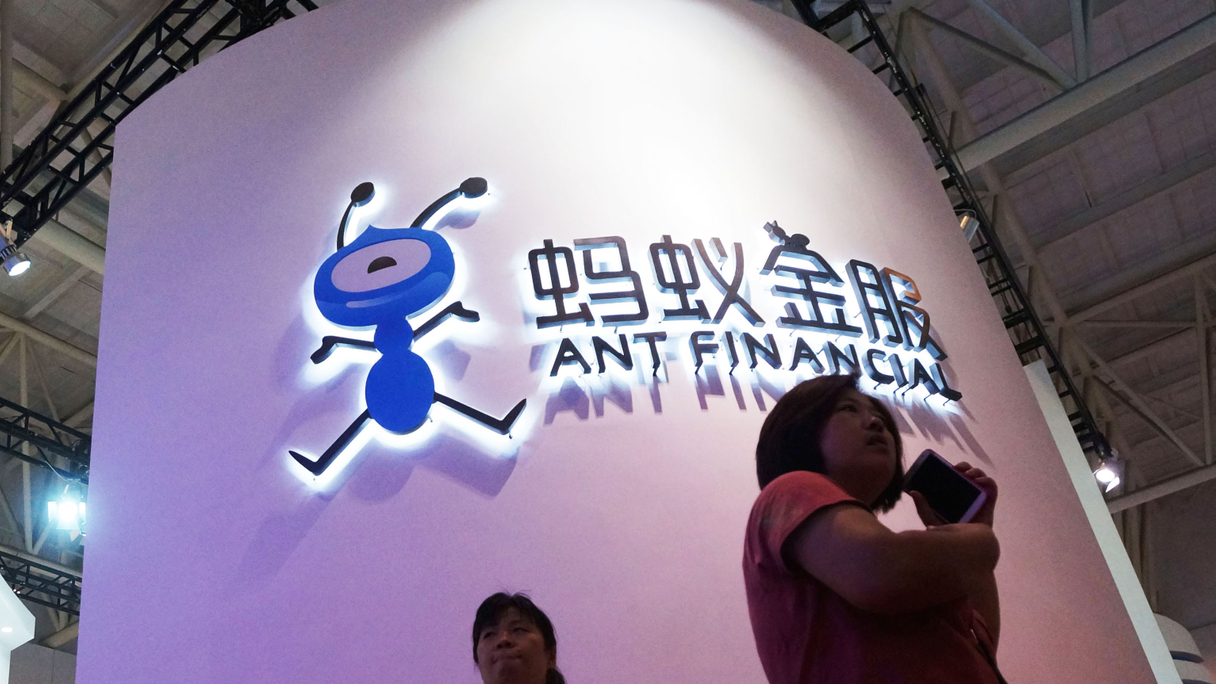Ant Financial, the private company behind China’s largest digital payment service provider Alipay, has plans to shake up financial services globally.
¬ Haymarket Media Limited. All rights reserved.



